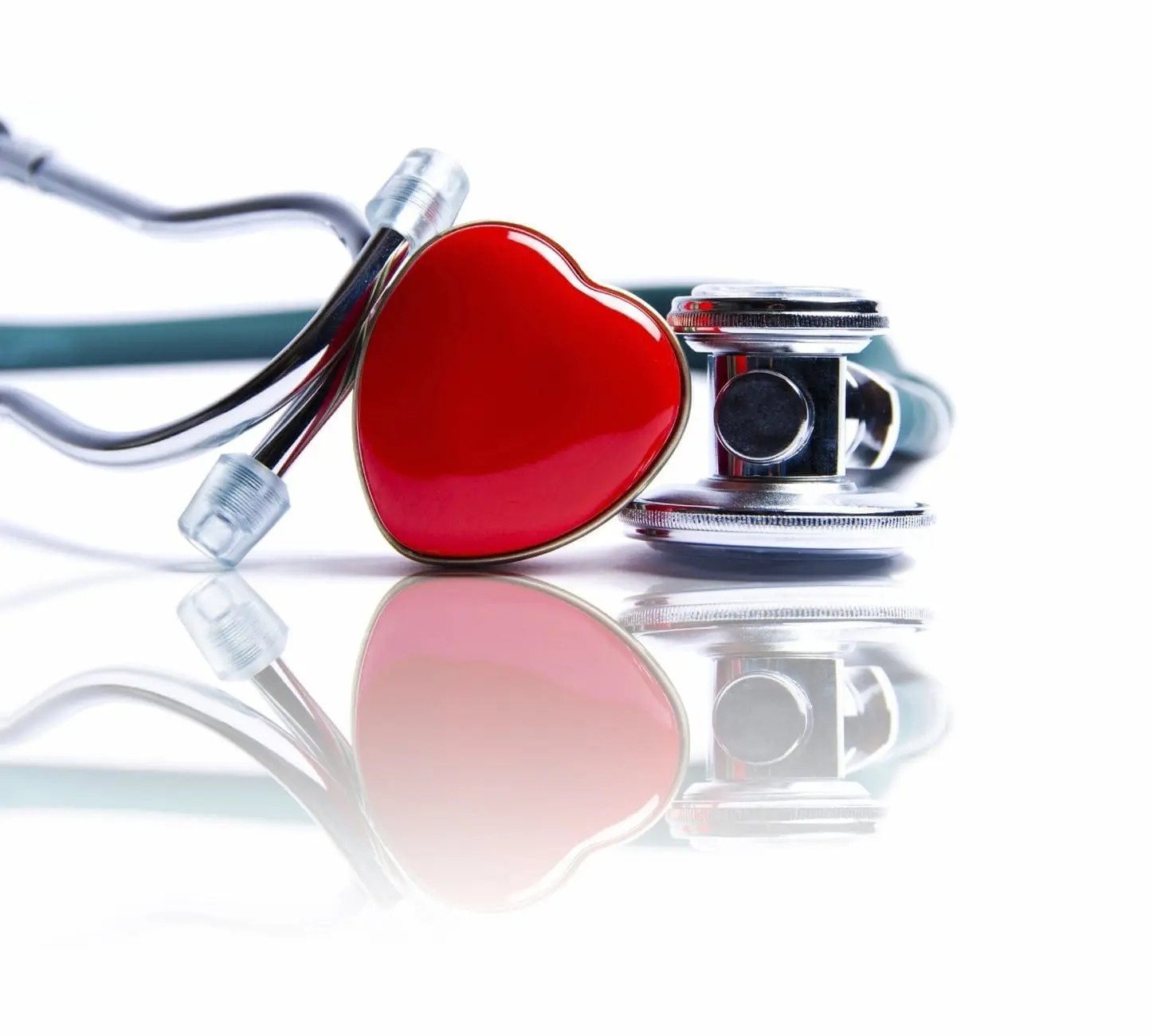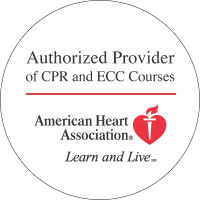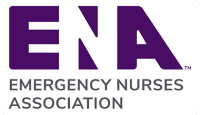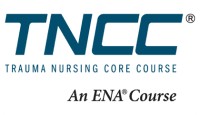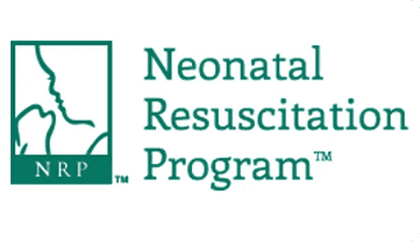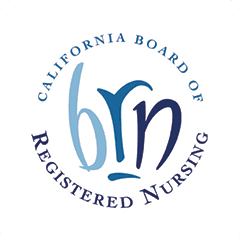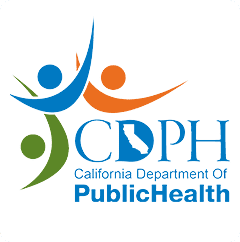You’re having a good shift at the pool. Though the pool is crowded, it’s been an uneventful day thus far. But suddenly you spot a drowning child. By the time you get to her, she’s not breathing. Thankfully you have been certified in basic life support (BLS) and can resuscitate her before the paramedics arrive. The paramedics take over using advanced cardiovascular life support (ACLS) techniques. The girl ends up recovering well due to the efforts you and the paramedics made to save her life.
In an ideal world, emergencies would only occur in hospitals where there are plenty of medical professionals around to help. Unfortunately, we don’t live in an ideal world, and emergencies happen everywhere, such as at school, work, amusement parks, stores, and restaurants. Being trained in BLS or ACLS could help you save someone’s life.
What is Basic Life Support?
Basic life support is a type of medical care used to treat people with life-threatening injuries or illness until they can be treated with a higher level of medical care. Basic life support can be given by trained medical professionals, such as emergency medical technicians (EMTs) and paramedics. Firefighters and police officers are often required to be certified in basic life support.
BLS training is also appropriate for teachers, social workers, daycare providers, and security guards. Qualified lay people can also give basic life support.
Many countries possess guidelines on how BLS should be given, with guidelines often created by medical professionals. The basic life support guidelines contain algorithms for managing numerous conditions, including drowning, choking, respiratory arrest, and cardiac arrest.
BLS does not employ the use of invasive techniques or medications. People certified in BLS can perform CPR (cardiopulmonary resuscitation) and can use automated external defibrillators (AEDs). BLS aims to provide a clear airway and promote blood circulation.
What is Advanced Cardiovascular Life Support?
ACLS is a set of critical interventions for treating life-threatening cardiovascular life events, such as cardiac arrest and stroke. You must be a medical professional to administer ACLS. ACLS requires you to possess the ability to manage an individual’s airway, read and interpret electrocardiograms, start an intravenous line, and understand emergency pharmacology. Pharmacists, physicians, nurse practitioners, physician assistants, registered nurses, respiratory therapists, advanced emergency medical technicians, and paramedics are some of the medical providers who may be certified in ACLS.
Someone with an ACLS certification often begins by assessing an individual’s heart with a manual defibrillator. Unlike in BLS, where an automated external defibrillator determines when to shock someone’s heart, in ACLS, the team leader determines when to shock the heart based upon a person’s vital signs and heart rhythms displayed on a monitor.
An ACLS team then tries to determine the cause of the cardiac arrest and reverse it. Treatments used to reverse cardiac arrest can include the administration of an antidote for a drug overdose or the placement of a chest tube for someone who has a hemothorax or a pneumothorax.
Our Advanced Cardiovascular Life Support Certification Course
Our ACLS certification course for healthcare professionals features learning stations for skills practice and simulated clinical scenarios, hands-on practice time in class, and an environment that encourages group interactions. The course notes key changes in the 2015 American Heart Association guidelines and builds on essential basic life support skills.
Our ACLS certification class is a two-day course with breaks and lunch included. We keep class sizes small to ensure each student receives individual attention and feedback. Upon completion of the course, you’ll receive an American Heart Association ACLS Provider Course Completion Card, which is valid for two years as well as 14 continuous education (CE) credits.
Register online for our ACLS certification course. Initial and renewal certifications available, as well as online and on site options.

